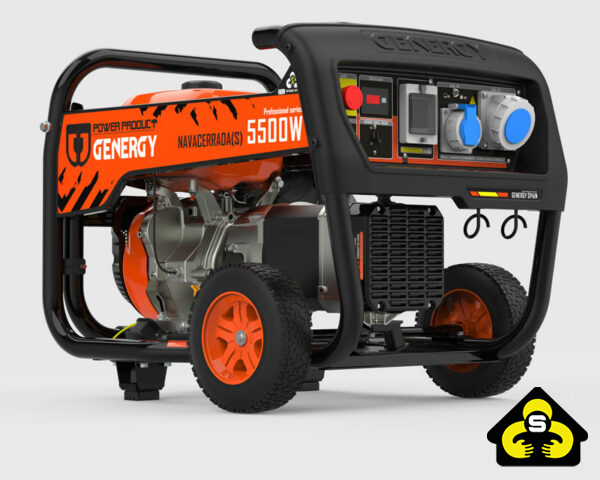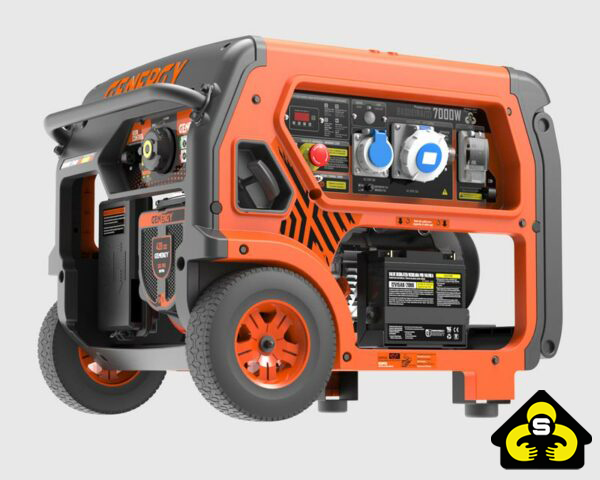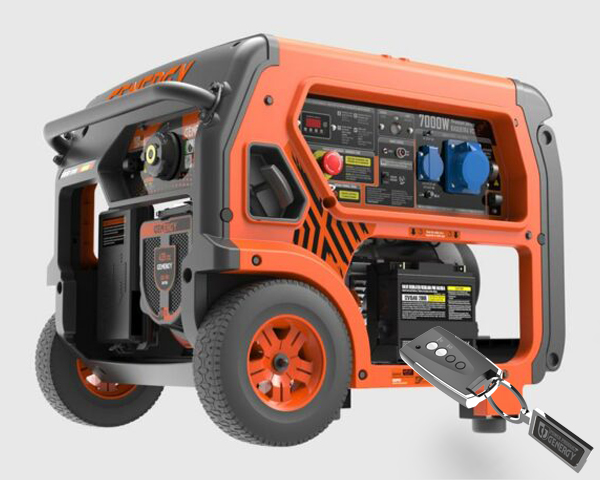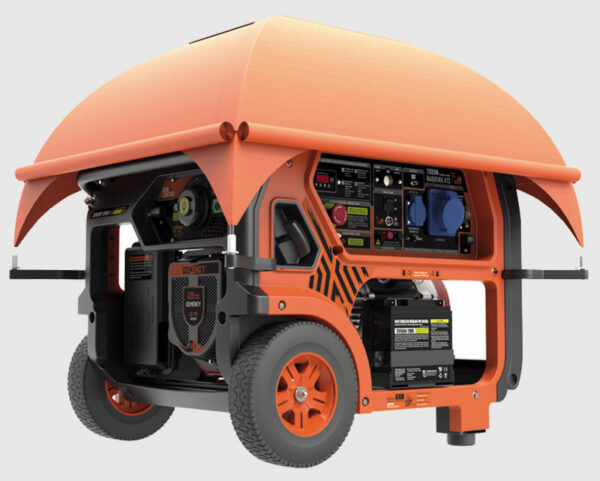Gasoline generator
Showing 38 results Sorted by latest
-
2800W / 230VMANUAL START
-
3300W / 230VMANUAL START
-
4500W / 230VMANUAL START
-
4500W / 230VCONTACT (SOLAR SUPPORT)
-
5500W / 230VMANUAL START
-
7000W / 230VMANUAL START
-
7000W / 230VNETWORK FAILURE (ATS)
-
7000W / 230VCONTACT (SOLAR SUPPORT)
-
2800W / 230VELECTRIC START
-
2800W / 230VMANUAL START - IP67
-
3300W / 230VELECTRIC START
-
3300W / 230VMANUAL START - IP67
-
4000W / 230VELECTRIC START
-
4000W / 230VMANUAL START - IP67
-
5500W / 230VELECTRIC START
-
5500W / 230VMANUAL START - IP67
-
7000W / 230VELECTRIC START
-
7000W / 230VMANUAL START - IP67
-
7kW 400V / 6.5kW 230VELECTRIC START
-
7kW 400V / 6.5kW 230VMANUAL START - IP67
-
8kW 400V / 7kW 230VELECTRIC START
-
8kW 400V / 7kW 230VMANUAL START - IP67
-
5500W / 230VELECTRIC START
-
5500W / 230VELECTRIC START – IP67
-
7000W / 230VELECTRIC START
-
7000W / 230VELECTRIC START – IP67
-
7000W / 230VREMOTE START 50M
-
7kW 400V / 6.5kW 230VELECTRIC START
-
7kW 400V / 6.5kW 230VELECTRIC START – IP67
-
2 x 100W LEDCoverage: 3000 m2
-
FOR USE IN MODERATE RAIN
-
9.2kW 400V / 8.3kW 230VELECTRIC START – IP67
-
11kW 400V / 11kW 230VELECTRIC START – IP67
-
15kW 400V / 3 x 5000W 230VELECTRIC START – IP67
-
18kW 400V / 3 x 6000W 230VELECTRIC START – IP67
-
3300W / 230VELECTRIC START
-
5500W / 230VELECTRIC START
-
8500W / 230VELECTRIC START








































